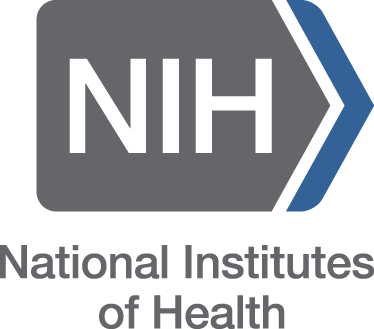MEGALIN: Unveiling its Multifaceted Role in Organ Function and Disease Pathogenesis. MEGALIN STRUCTURE
DOI:
https://doi.org/10.63001/tbs.2025.v20.i02.S2.pp459-463Abstract
Megalin is a large transmembrane glycoprotein was discovered in early 1980s as a autoantigen in Heymann nephritis [1], and then it was characterized as a large glycosylated receptor (gp330) of 600 kDa (4655 amino acids) associating its important role in renal functions. It is also known as low-density lipoprotein receptor-related protein 2 (LRP2).[2-4] Megalin consists of a large extracellular domain, a single transmembrane domain and a short cytoplasmic tail, a member of LRP2 family of proteins. The single transmembrane domain consists of 23 amino acids, and the receptor with an intracellular C-terminal cytoplasmic tail of 209 amino acids. The cytoplasmic domain of megalin involved in regulating receptor trafficking and endocytosis. [5-7] Whereas extracellular domain consists of 4 clusters of cysteine-rich complement-type repeats that are involved in ligand binding.






























